If you’ve written off snake plants as contenders for a position in your indoor garden because they’re common, or you find the types available in most garden centers to be mundane, it may be time to reconsider.
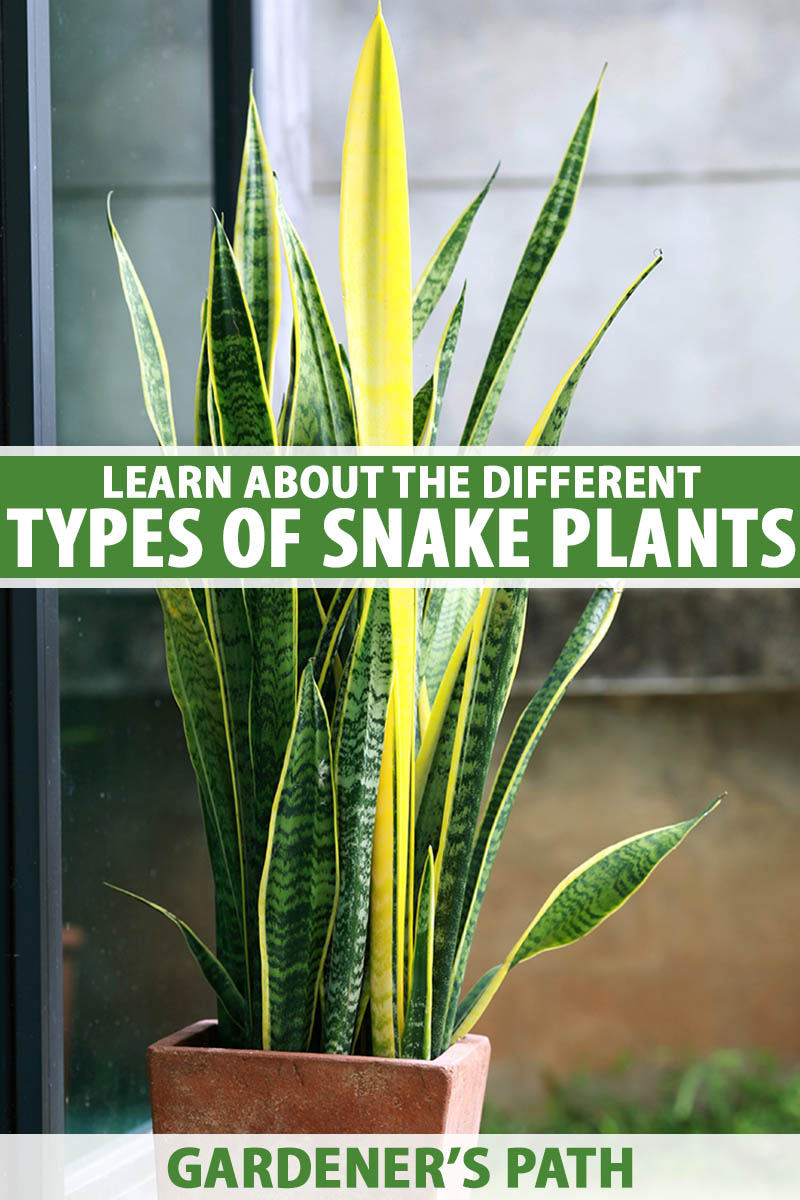
We link to vendors to help you find relevant products. If you buy from one of our links, we may earn a commission.
Some members of the former Sansevieria genus have structures, colors, and growth habits that vary significantly from those of the best-known varieties with their tall, sleek, green leaves.
In fact, they’re so distinctive that you might not even realize they’re related.
I’m excited to introduce you to some of the loveliest, most colorful, and most striking types of snake plants to include in your home! Get ready – we’ve got a lot to cover.
Take a look at what’s in store:
What You’ll Learn
Surprising Snake Plants
Species formerly belonging to the succulent Sansevieria genus, snake plants were reclassified and incorporated into the Dracaena genus in 2018.
After their reclassification, some species retained their original species epithet – the second part of the botanical name after the genus – while others were renamed.

And compared to many other varieties of houseplants, snake plants are far less demanding in terms of their caretaking needs. You can learn more about how to grow them in our guide.
Benefits of snake plant growing include easy division, propagation, and care, low light requirements, and a preference for close quarters inside their containers – that’s right, their rhizomes don’t mind being a little root bound!
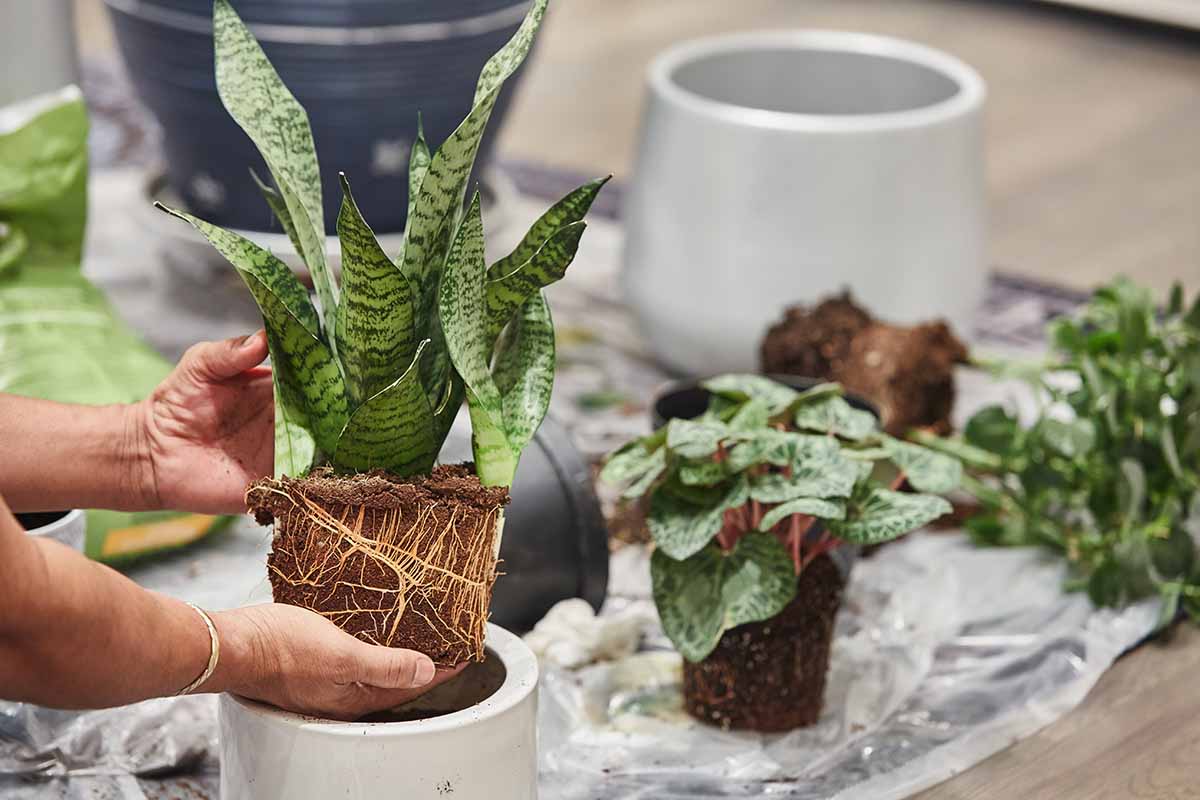
If you tend to forget to water your indoor garden, these guys will forgive you – sometimes for weeks. They can even be moved outdoors in the summer months to catch some extra rays without worrying about high water consumption.
Or, if you’d like to extend the period between waterings even further, you could choose a self-watering planter such as this window box from Garden Basix that’s available via Amazon.

Elongated Self Watering Planter
But, that’s not all – aside from being low maintenance and undemanding, they can also add far more interest to the home with distinctive colors and growth habits.
Ranging from mild to wild, you’re sure to find one that bucks convention and fits right into your indoor garden.
Let’s take a look.
Form and Structure
Snake plants can range in appearance from simple, green background enhancements to brightly colored, uniquely shaped, and eye-catching features.
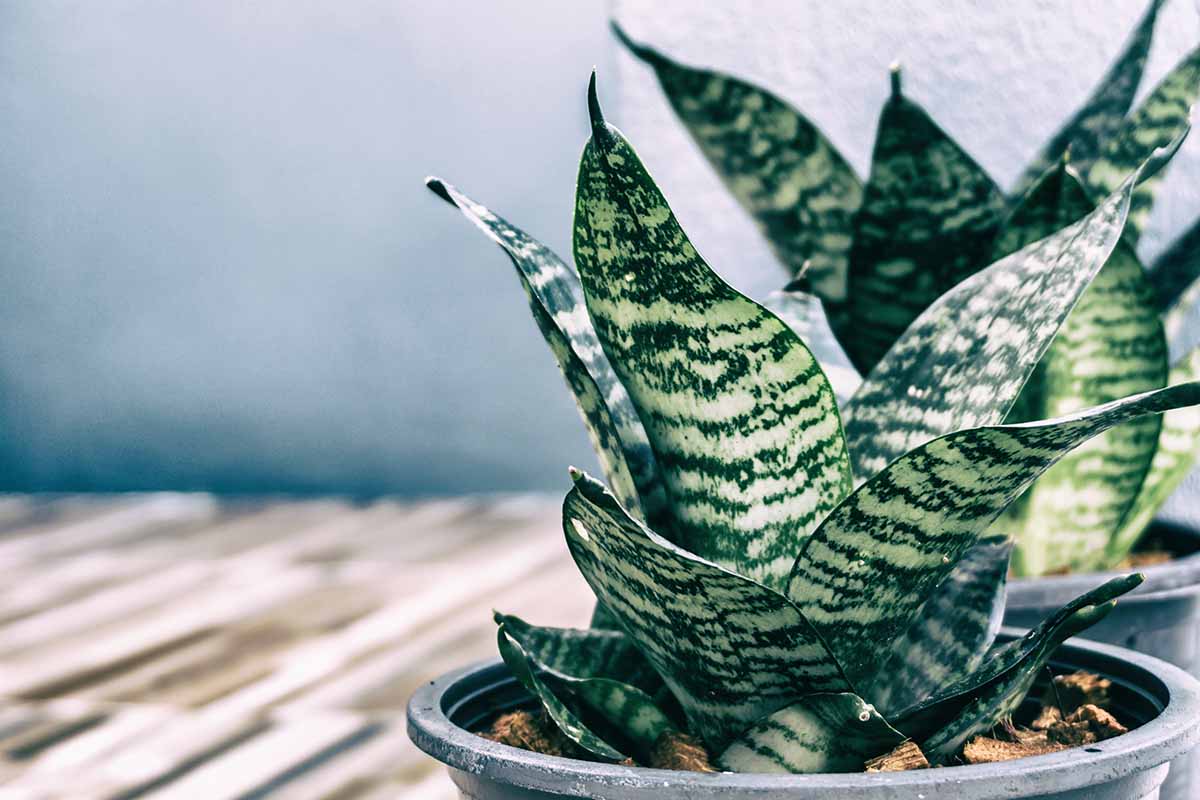
Most members of the former Sansevieria genus generally top out at two to four feet in height, although dwarf types are also available that remain compact.
Some display leaf margins of contrasting colors such as cream or yellow, while others produce thick, cylindrical, succulent leaves. There are so many options!
If you need a little help narrowing these down, you’re in luck – we’ve put together a roundup of top picks to make the selection process a little easier, so be sure to check that out next.
Although it’s rare with indoor cultivation, snake plants are capable of flowering, and the inflorescence each type produces can vary in as many ways as the foliage.
They may send out a long, upright stem full of small blossoms, or bloom in a cluster just at the top third of the stem.
The blooms come in various colors including cream, white, and pink. Some have a form reminiscent of small, delicate hyacinth blossoms. And there are varieties that produce racemes arranged in a bottlebrush shape, with feathery flowers.
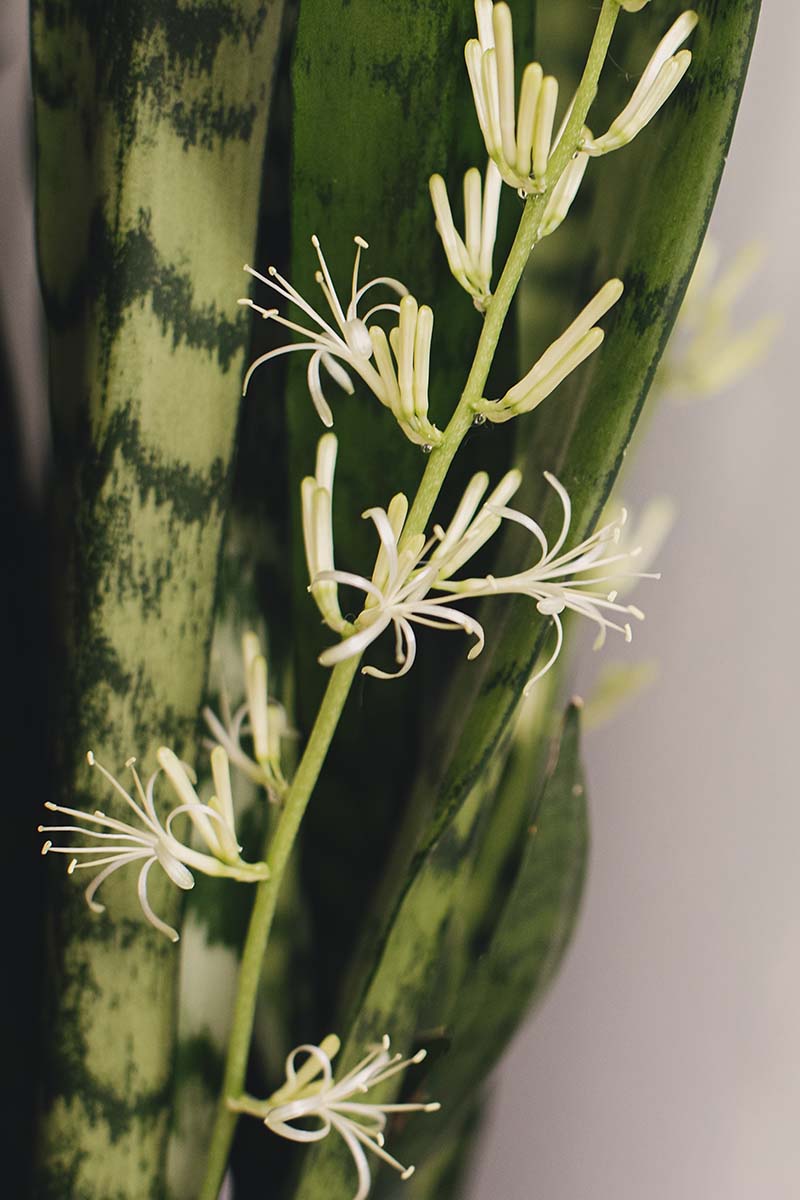
New leaves won’t be produced during this period as the flowering process uses a great deal of energy. After blooming ends, new shoots will often appear.
Pollinated blooms may produce colorful berries. These are toxic and should not be consumed by people or pets.
Don’t confuse snake plant fruits with the “snake fruits” produced by members of the Salacca genus. Snake fruits are larger, brown, and rambutan-like, with an exterior rind and large seeds inside.
Snake plant berries are only about one-quarter to one-half inch wide, round, and they may range in color from bright orange to dark brown, depending on the species.
Let’s explore differentiating and grouping their forms next.
Flat-Leafed
The majority of species and cultivars in this group exhibit long, upright, flat or nearly flat leaves. They’re generally sword-shaped with a glossy green tone.
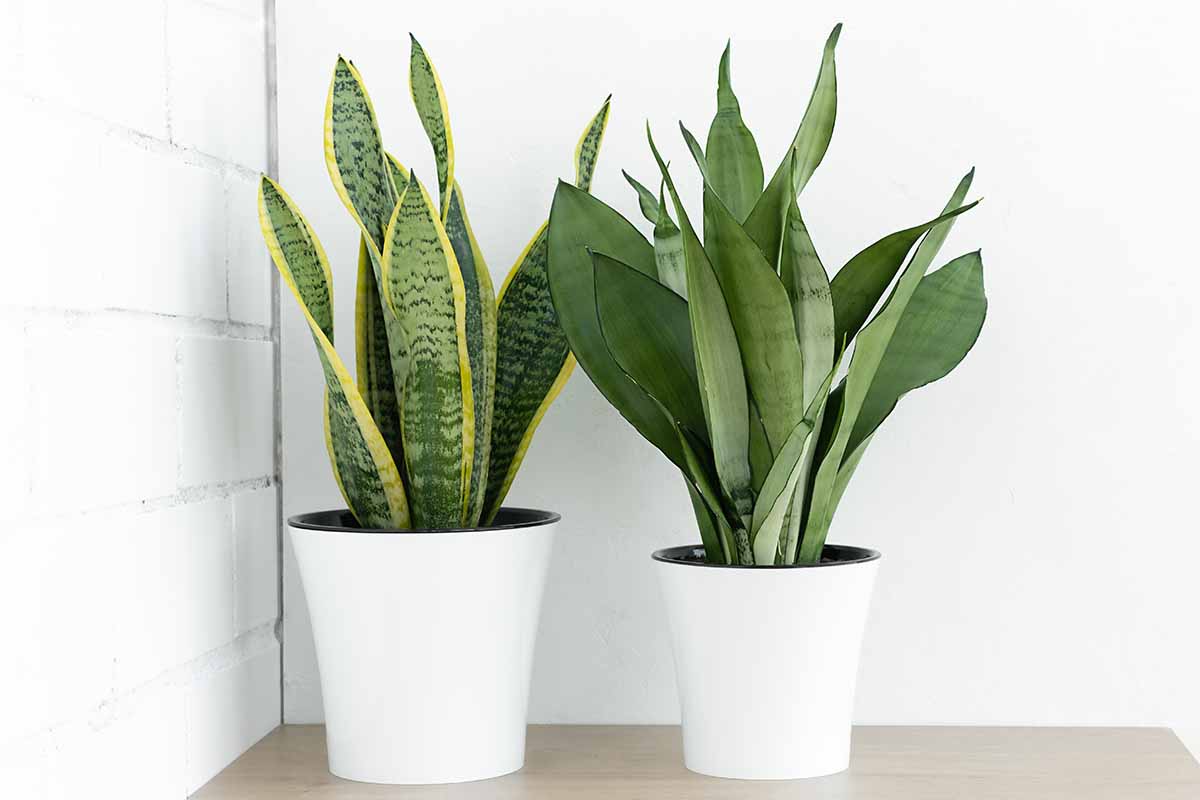
Foliage of the most widely distributed and most often hybridized species D. trifasciata is narrow, with individual leaves measuring two to four inches in width. Green leaves of this species are crosshatched with green-gray bands.
Leaves are typically arranged in a rosette form that is more obvious in smaller specimens, although they can spread out a bit over time in a wide planter.

Other flat-leaved D. trifasciata hybrids include the watercolor-like soft green, silver-tinged ‘Moonshine;’ the deep emerald, banded ‘Futura,’ also known as ‘Futura Robusta;’ and the brighter green, yellow-margined ‘Laurentii.’
Though their rhizomatous roots can spread to fill out a container, they don’t grow very fast and usually take up little horizontal space.
Be prepared to offer lots of vertical space, though, since some varieties can grow to more than four feet in height at maturity.
Dwarf
It’s unfortunately common for some indoor gardeners to realize that they’ve bitten off more than they can chew when their rubber tree, monstera, or fiddle-leaf fig becomes a giant, overwhelming nuisance to take care of.
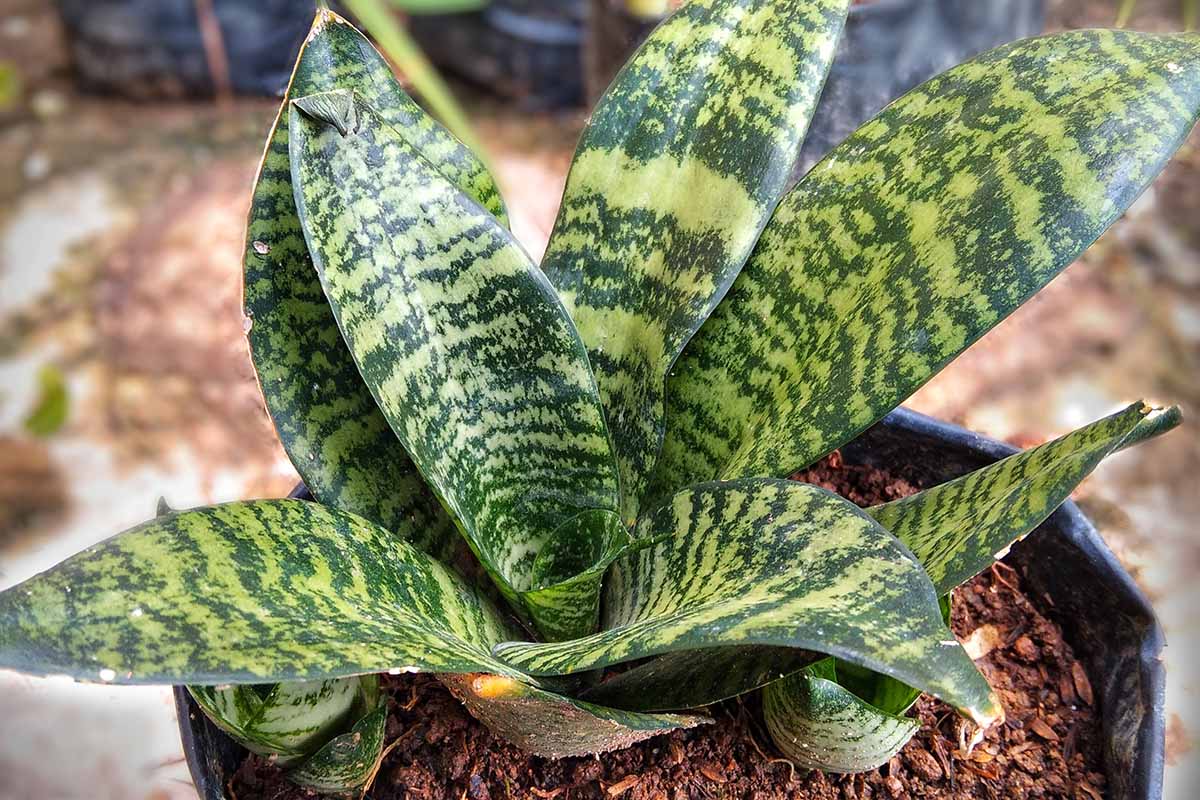
Snake plants don’t generally outgrow their space when kept in containers. They don’t sprawl or spread like a monstera, but they can grow tall – and in small spaces, perhaps too tall for comfort.
But dwarf cultivars have been bred that make perfect additions to small spaces. They’re nice for adding a little greenery to the home rather than a large, dominating specimen hulking in the corner.
Their petite, compact size and shape doesn’t require much, if any, pruning to maintain. Offshoots that develop will usually need to be transplanted to their own containers over time, though.

If you appreciate the structure and color of the larger D. trifasciata but don’t have enough space for one, then D. trifasciata ‘Hahnii,’ or the bird’s nest snake plant, may be just what you’re looking for.
Measuring in at just 12 inches in height at maturity with an equal or smaller spread, this rosette-forming miniature offers all of the color and shape you could want without needing its own room in the house!
Cylindrical
Most species and cultivars produce long, flat, sword-shaped leaves that stand firmly upright from the soil. But some produce fleshy, tubular leaves that more closely resemble someone having a very bad hair day.
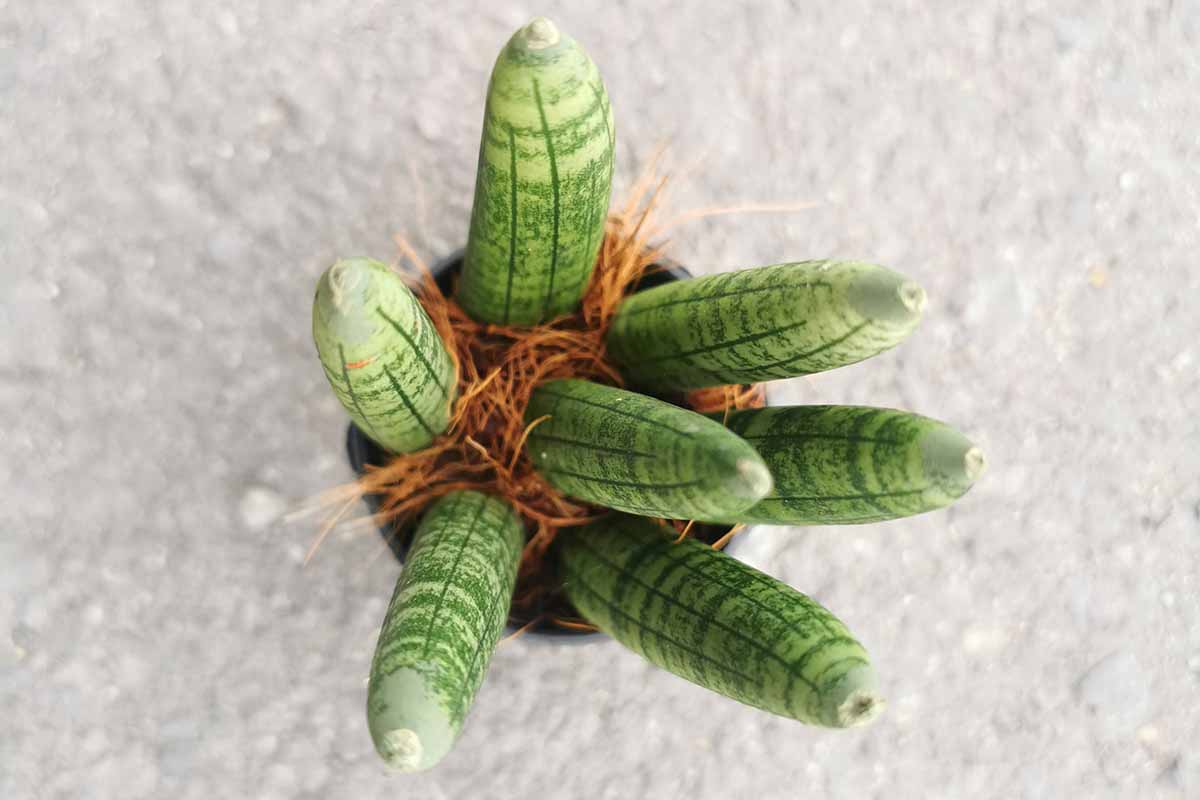
It should be noted that all varieties of snake plants may experience leaf curl during periods of inconsistent watering, but the cylindrical types do not unfurl or flatten, regardless of growing conditions.
One such species is D. angolensis, formerly known as S. cylindrica, and its cultivars. Other common names for this type include African spear or spear Sansevieria.
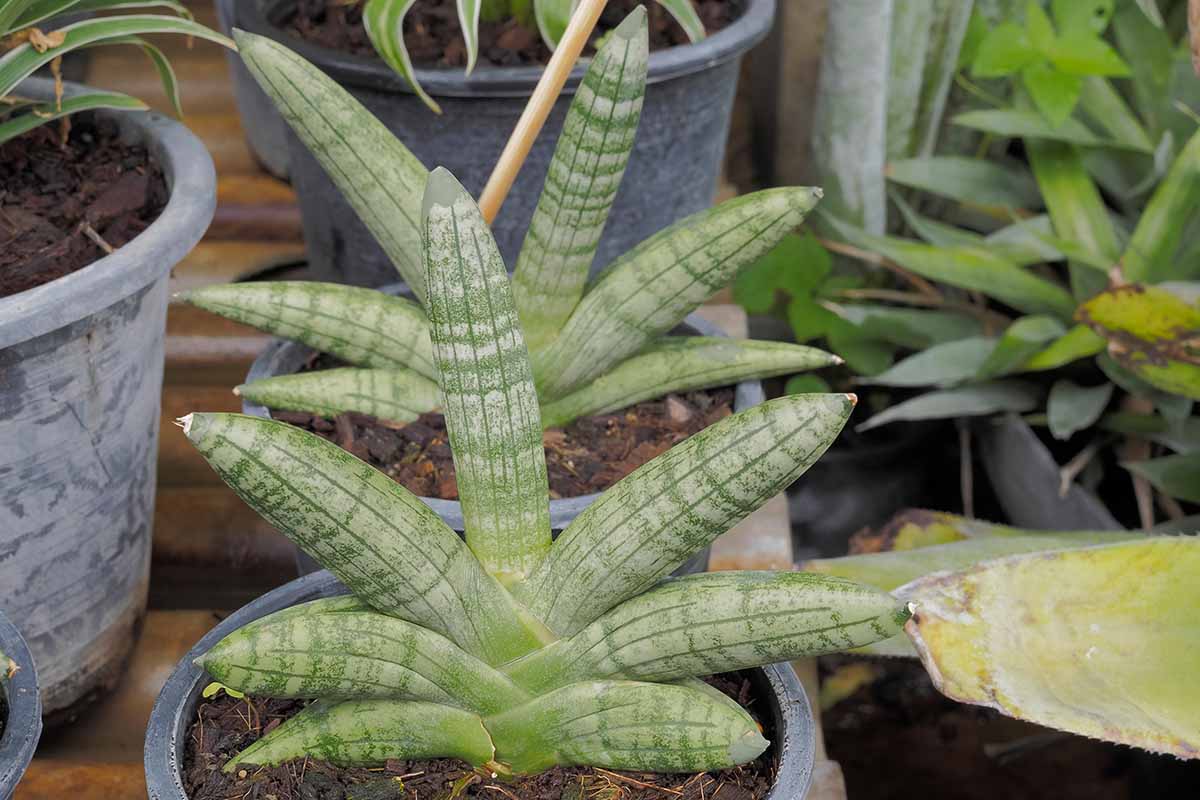
Its leaves typically grow from a central point at the soil surface where they often create a fan shape, radiating upward and outward.
D. angolensis var. patula ‘Boncel’ is another specimen with tubular leaves that also form a fan-like structure. Its soft, contrasting dark green and light green stripes offer an attractive look without taking up much room.
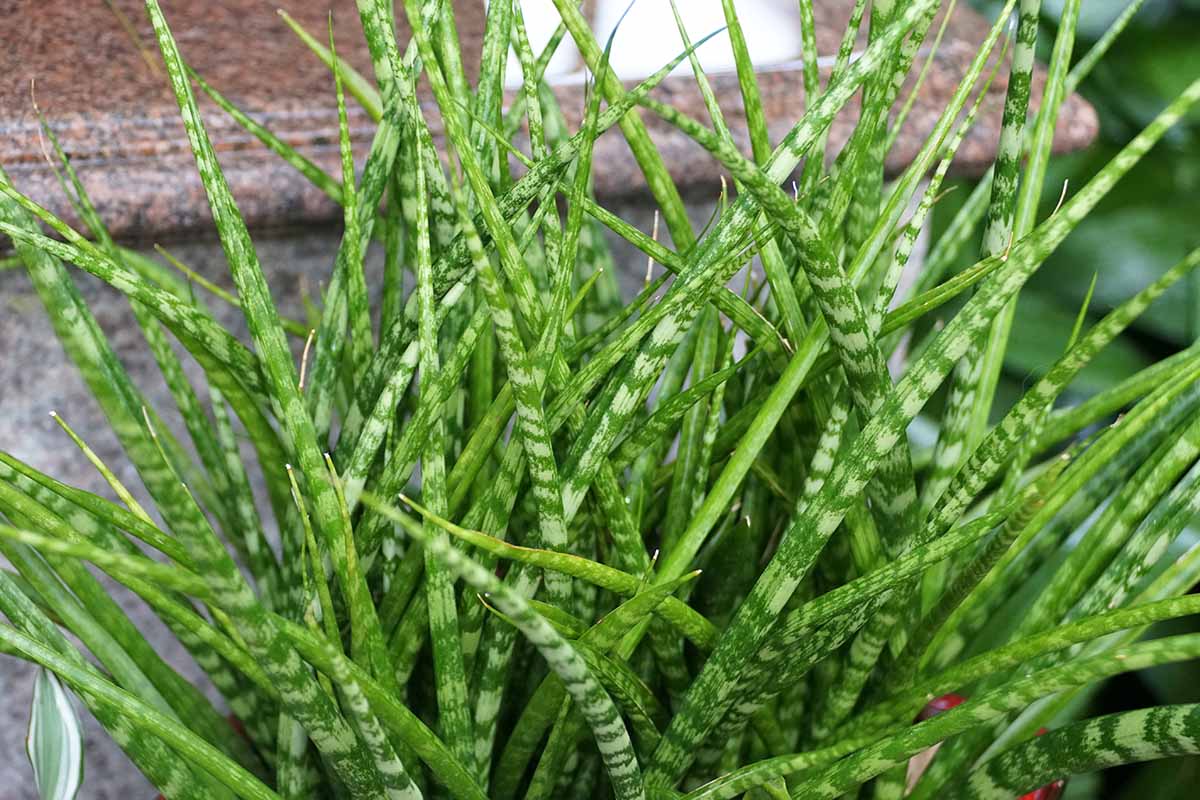
Add this little charmer to a tabletop or shelf in a location that receives a few hours of indirect sunlight per day, and it’ll be happy.
Give Snake Plants a Chance
Are you on board now? There are many different types available beyond the classic form, and it’s up to you to decide if you want one that commands attention or that blends in to add simple touches of life throughout the home.
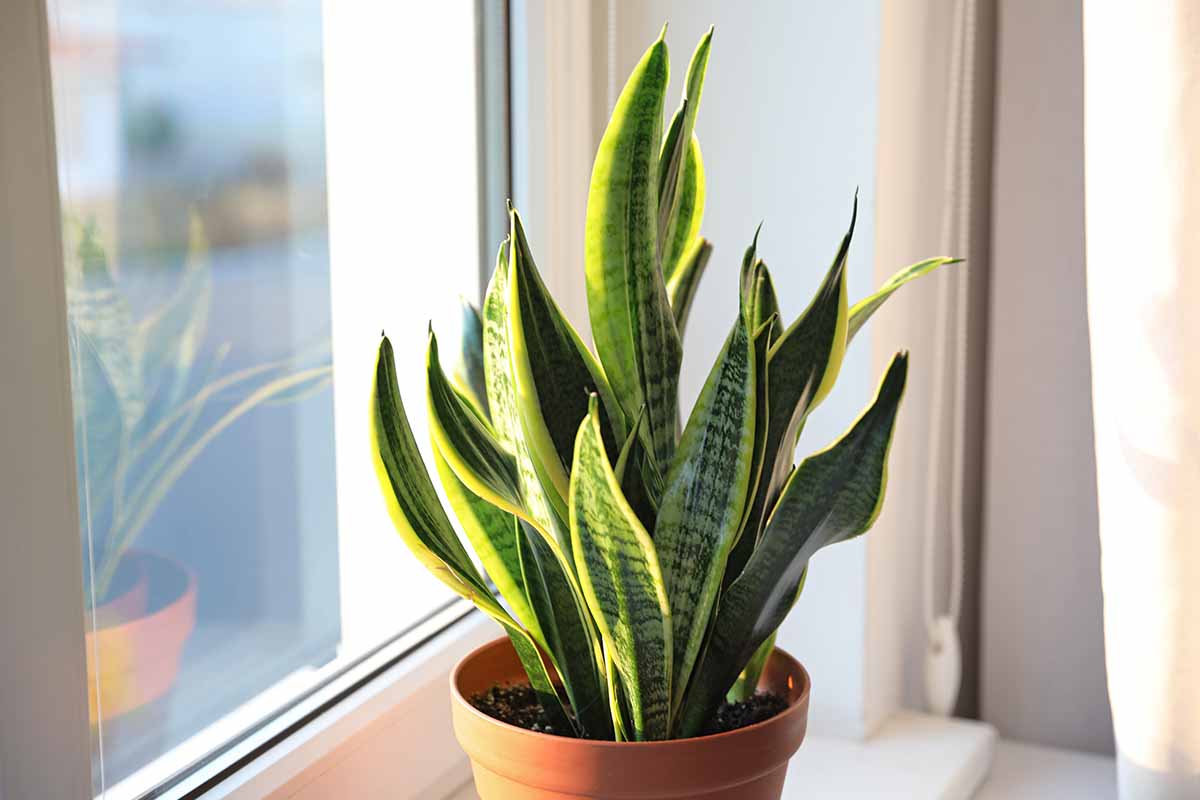
I’m curious – how many of the forms that we covered did you already know about? Do you have any of these growing at home? We’d love to see your photos in the comments below!
And, if you’re still on the lookout for more houseplants to consider, perhaps these articles may be helpful to read next:

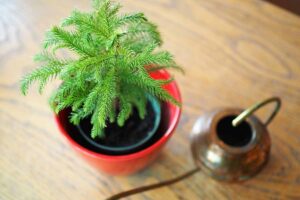
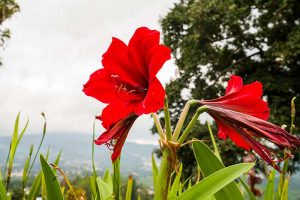
Really good article. I have a Rattlesnake plant which I absolutely love but didn’t find any mention of it in the snake plant article. Is it’s care the same as all of the other snake plants? Photo taken from above. Also noticed that there are quite a few little munched holes in the leaves. Spider mites? Thank you for responding.
Hi Cherie, Your plant is actually not a Sanseveria-type snake plant, but is a type of prayer plant that goes by the scientific name Goeppertia insignis. These two different types of plants have different care needs so I would recommend you check out my article on Rattlesnake plant instead. It’s an easy mistake to mix these two up though, they do have some visual similarities! One of the big differences is that snake plants (the subject of this article) have really thick leaves and prayer plants don’t. As for the holes in your Rattlesnake plant’s leaves, that doesn’t look like… Read more »
I have a cylindrical snake plant which has already flowered this year which is now growing a thick shoot out of the side of the plant, is this a new branch as I like the shape it currently is
It looks like your plant is sending out a new stem. Feel free to cut this out if you don’t like the look of it. Use a sharp, clean knife.